Wool is an animal fiber that comes from different animals. It may be called various terms depending on the species it comes from yet it is still wool. It was wool people began to make their clothes of well before they discovered the use of plant fiber. First, they shaved or cut the fur off the animals they killed for their meat, but then it was found out that the wool grew over and over again and it might be worth taming some of the animals and cut or comb them instead of chasing them. Sheep and goats gave wool to the first threads but people also got wool and hair from camels, dromedaries, lama, alpaca and rabbits. Wool and garments made of it have been the faithful companions of humanity since ancient times. Wool is water repellent, insulating, fireproof (glows but not burns), silencing, warming – and glorious.
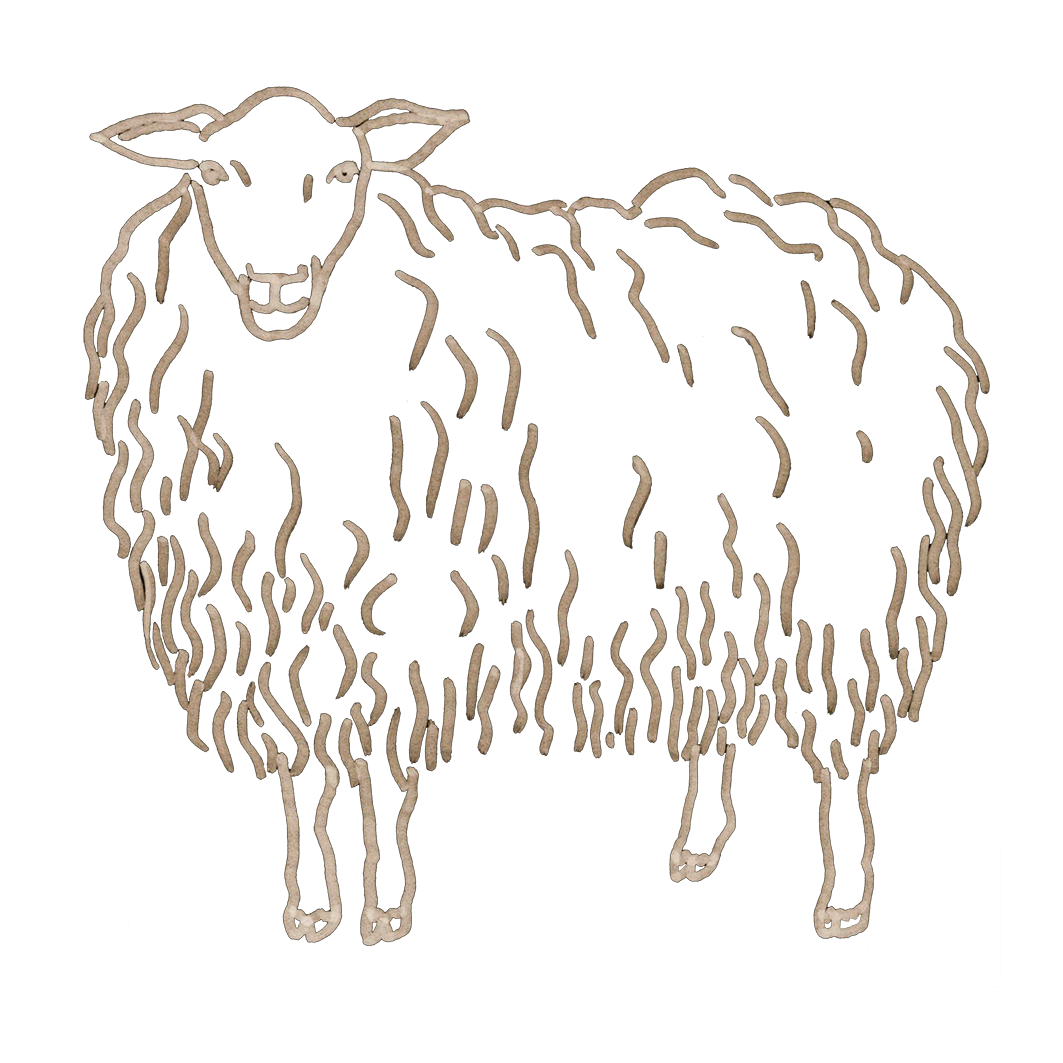
Felting is a very practical way of making textiles. You do not need any spinning machines, looms or knitting machines and can save at least 2 washes when compared to production of wool yarn. It takes less work and less energy to felt than to spin and weave/knit.
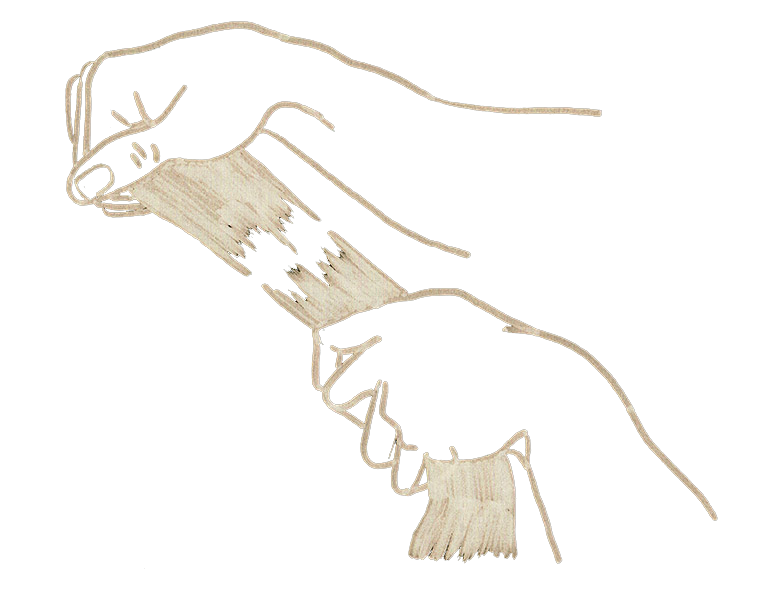
Felted fabrics are usually lighter than knitted or woven ones in a similar model because you can lay the wool out thinner without loss of warmth or durability. It feels like a good broadcloth or tweed when wearing felted clothes. Felted clothes are light and you never get hot or frozen in them, great for robes and coats but also for lighter garments and dresses. All felted items are both dirt and water repellent which is useful both for clothes (you do not have to wash the wool too often, including knitted or woven garments) and interior textiles. Felted wool is very durable. After a few weeks of use all small bumps disappear and the item looks the same year after year.
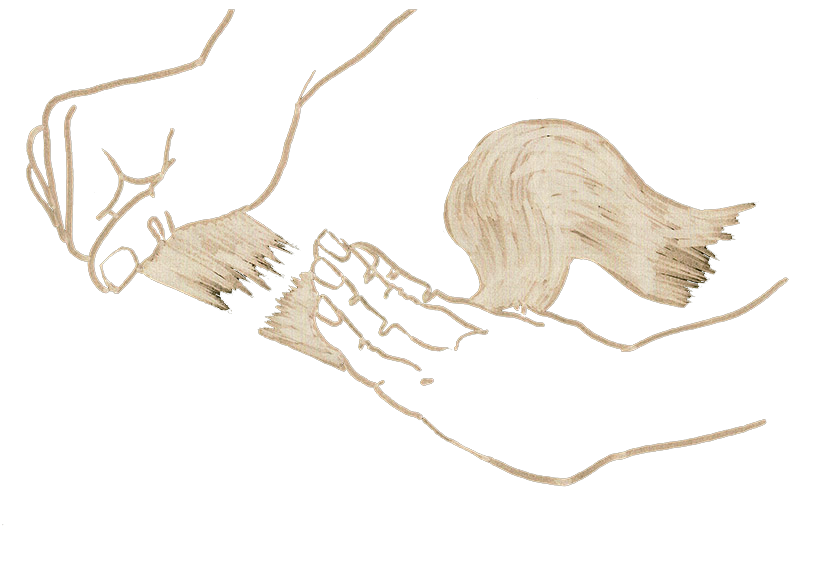
Nunofelting (derived from Japanese “nuno” fabric “) allows the wool to coalesce with a fabric, usually sparse or thin. The natural materials are best suited for this, but synthetic materials also can be nunofelted with. This technique provides great opportunities for clothing creation and artistic expression. This technique became known / discovered in the last decades of the 21st century. It is relatively new in the textile world and has a great potential for exploration and development.
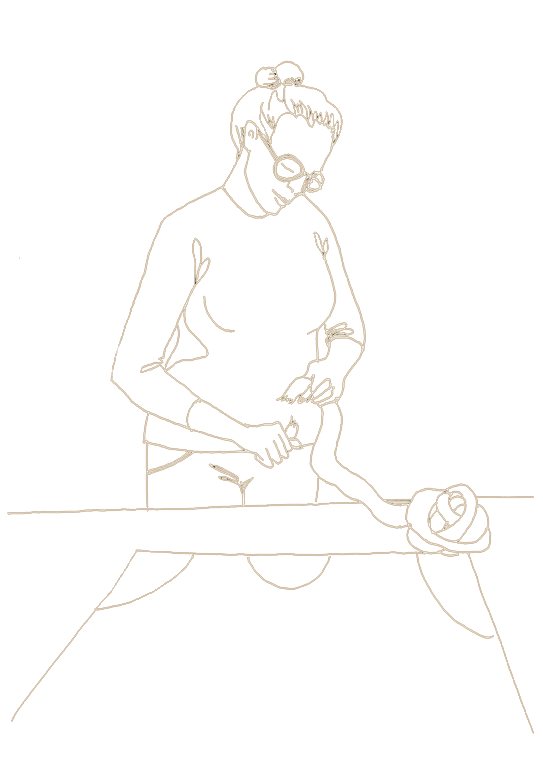
You can felt wool of most ungulates, although sheep wool is best suited for this.You can combine wool and other fibers, for example flax or silk. It provides new interesting textiles with properties of all the fibers used.
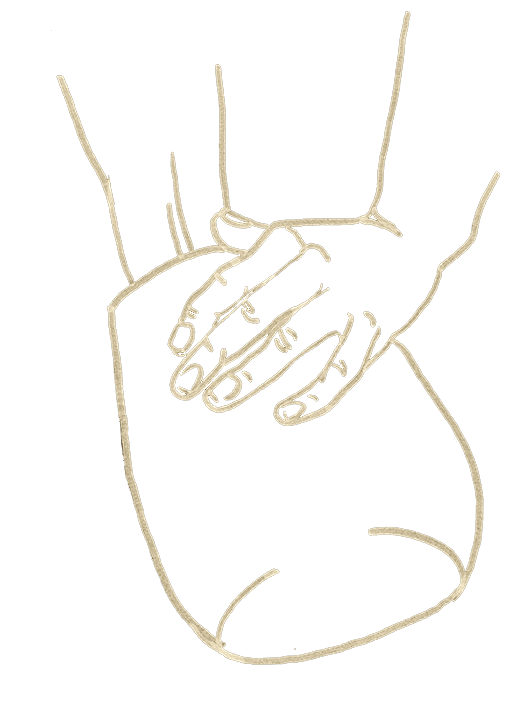
It is easy to tell the things are well-felted: they do not lose much wool (some pills occur almost always in the first few weeks when you start using a felted garment or item, but it will disappear soon). The object feels whole and compact, there is no resilience when squeezing it between the fingers, no “fungus” or frenzy feeling. Separate hairs on even the smallest objects aren’t visible. The cut edges look like a whole, with no protruding fibers. The surface is not “hairy” but smooth although it may have a spiny texture due to shrinkage. Well felted things are water repellent and very difficult to wet.
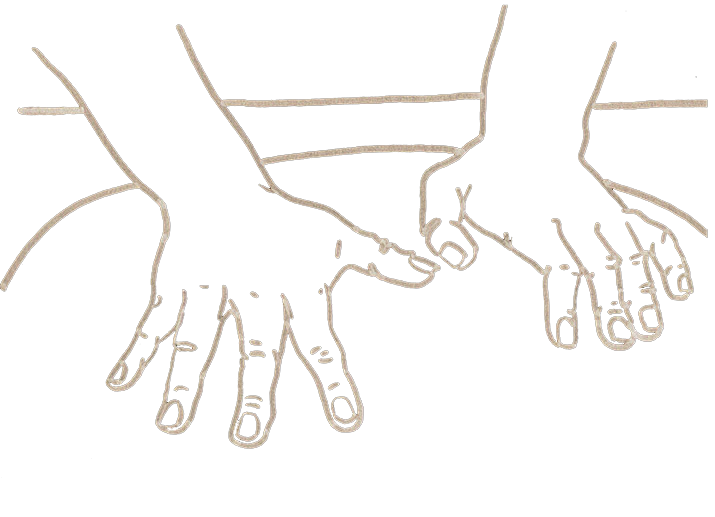
The wool grows well when the animal is doing well. The selection work performed since the first animals were tamed resulted in an impressive number of different wool types. Some wool types are better suited to felting than the others. Wool can be felted dry but it felts much better when it is wet. The animals that have long, thin-fiber or very abundant wool must be cut regularly to avoid wool felts directly on the animal. Otherwise, the wool can be destroyed and difficult to handle, and animals suffer when its thick coat is felt and pulls at the hair roots. In Sweden there is a law that all sheep must be sheared at least once a year. To get good wool suitable for handicraft and textile production it’s better to shear some breeds of sheep twice a year, usually in spring and in autumn. The autumn wool is usually evenly thick and is best suited for felting, but the spring wool is useful after careful sorting too.
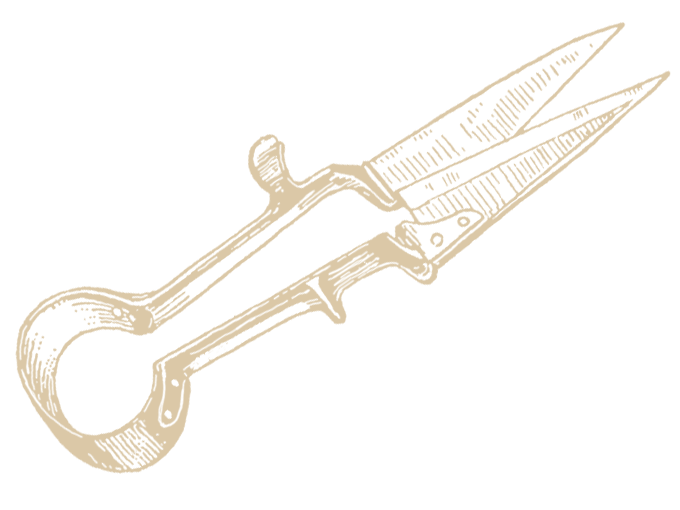
Felting is probably the oldest textile technology in the world. Felting is about using the wool properties, following the material. You use the wool’s ability to soothe but do it under controlled conditions. The wool is sheared, sorted, cleansed, carded, combed or whipped and then laid out so that all fibers are able to attach to one another. The laid wool is soaked with water and processed mechanically (flapped, rolled, massaged) to help the fibers to get a better grip on each other. This very moment is called fulling.
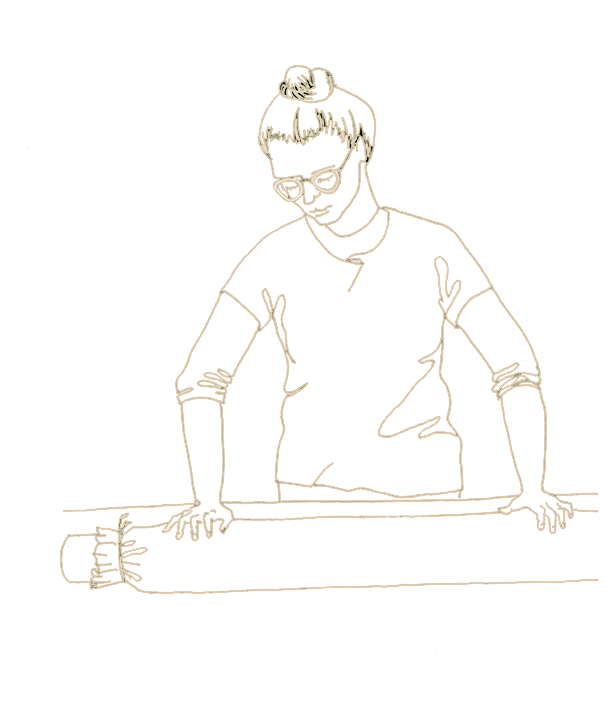
Then you use another of the wool properties – it can shrink. When a feltmaker sees that the piece is fulled, i.e. holds together properly, they start the shrinking. There are many ways to shrink the wool with varying temperatures and tougher mechanical processing or just with any of these factors. An object usually shrinks between 20 and 50% of its original size. Fulling + shrinkage = felt!
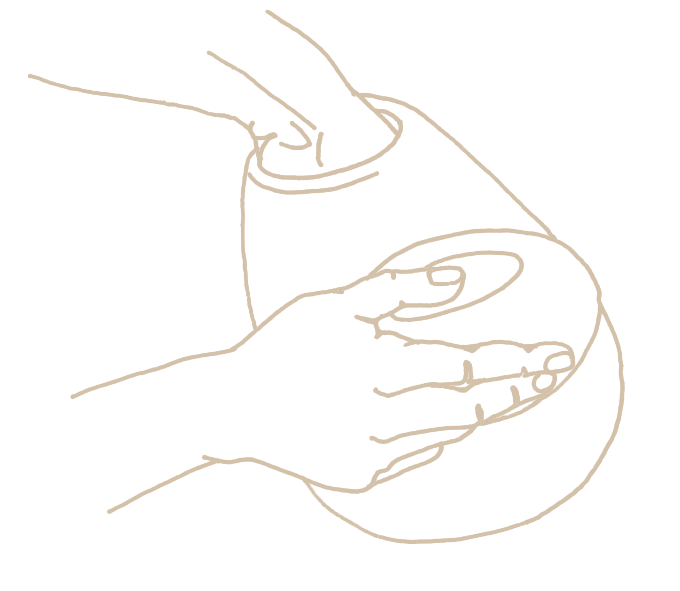
All animals have some dead hairs in their fur, even humans. People can comb their hair and get rid of the dead hairs, but sheep or camels can’t. Therefore, part of the dead hair remain in the fleece. Before the animal is sheared, those fibers and (sometimes) coarse kemp fibers are placed between the”living” fibers and prevent the felting – they cannot be felted! But when you work with the wool that has a lot of these (or hair, or kemp), there may be some loose hairs on the surface and the objects fall. If you will spin yarn of such wool it will probably feel sticky. People have worked with the breeding to get as little dead hair, kemp and hair as possible and some sheep breeds miss them almost completely. Wool with even fiber thinness is best suited for all types of handwork. The thinner the wool is, the gentler and thinner things can be made of it
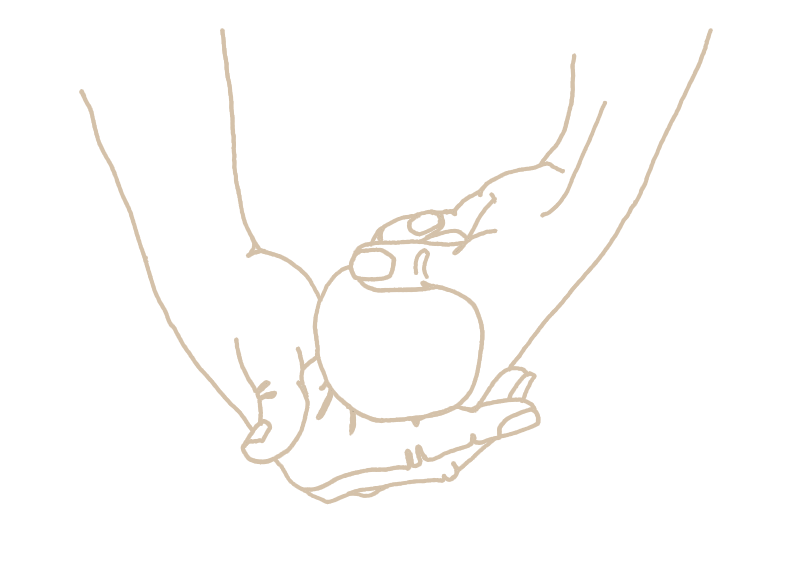
I use the wool of such Swedish sheep breeds as Finull sheep, Jämtlandsfår, Värmlandsfår, Gotland, Rya and Klövsjöfår etc., and the wool of different European sheep breeds and the merino wool from mulesing-free farms and other textile fibers such as flax and silk. Fabrics for nunofelting are either reused/redeployed or ecologically labeled.
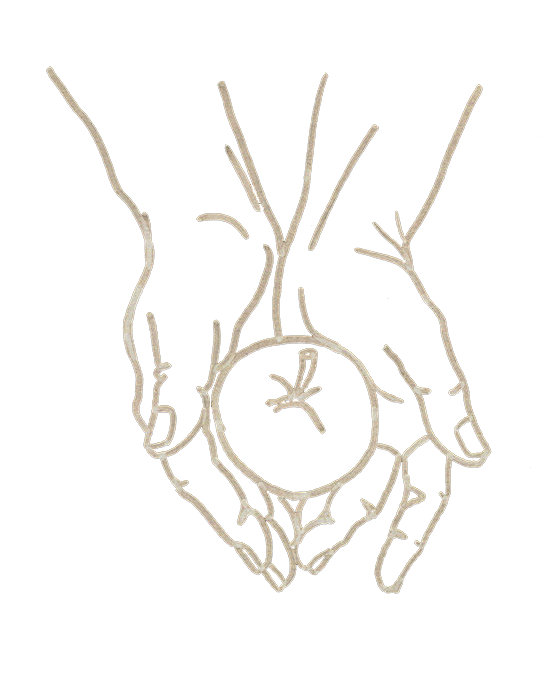
I already have experience of working as an interior designer and of collaboration with architectural firms. It is an area that provides inspiration and opens up for extremely interesting collaborations. Are you an architect or interior designer? Are you working on a new and exciting project and want to create a unique and original indoor environment or decoration? Get in touch and we will find a good and working solution!